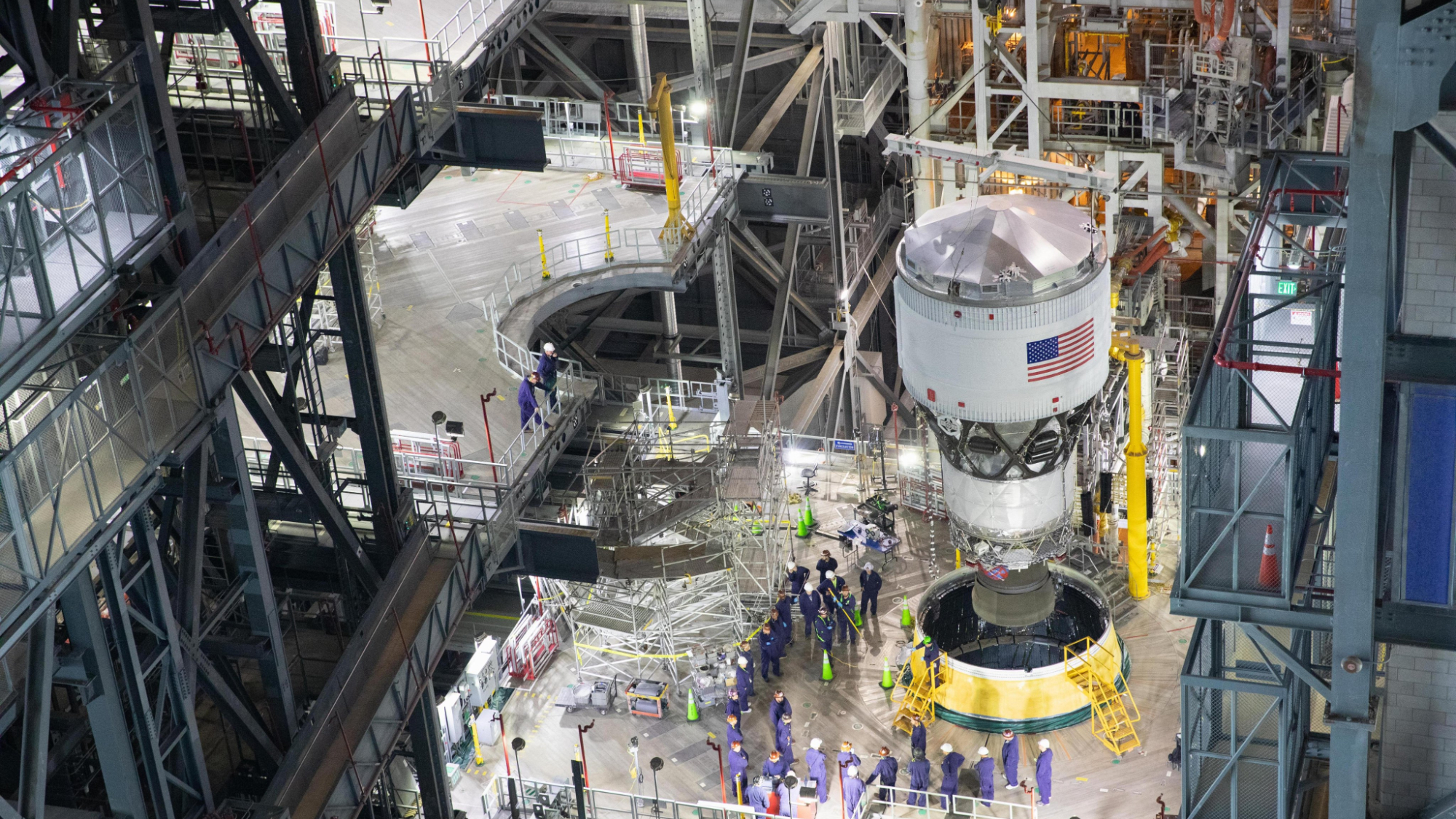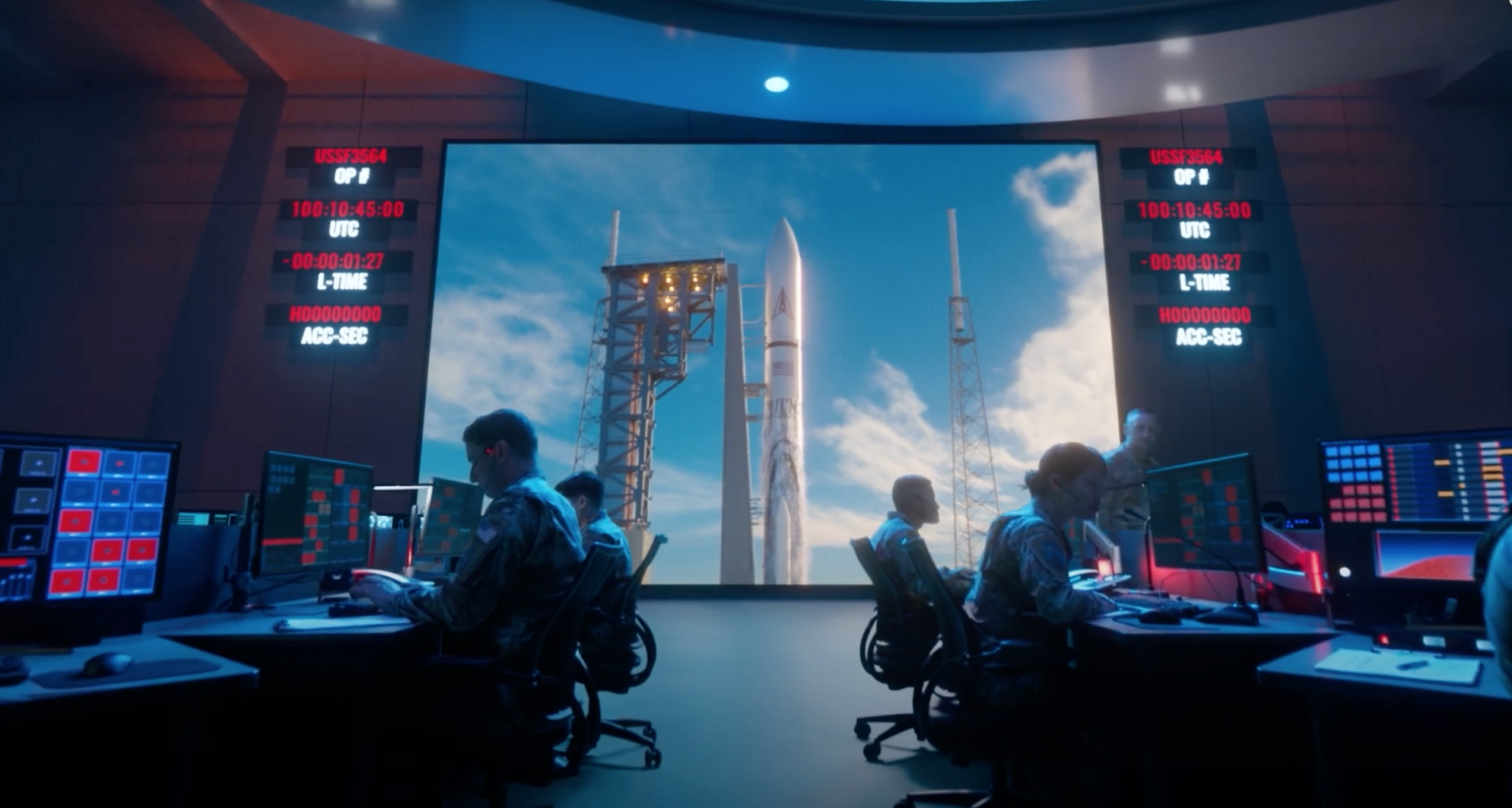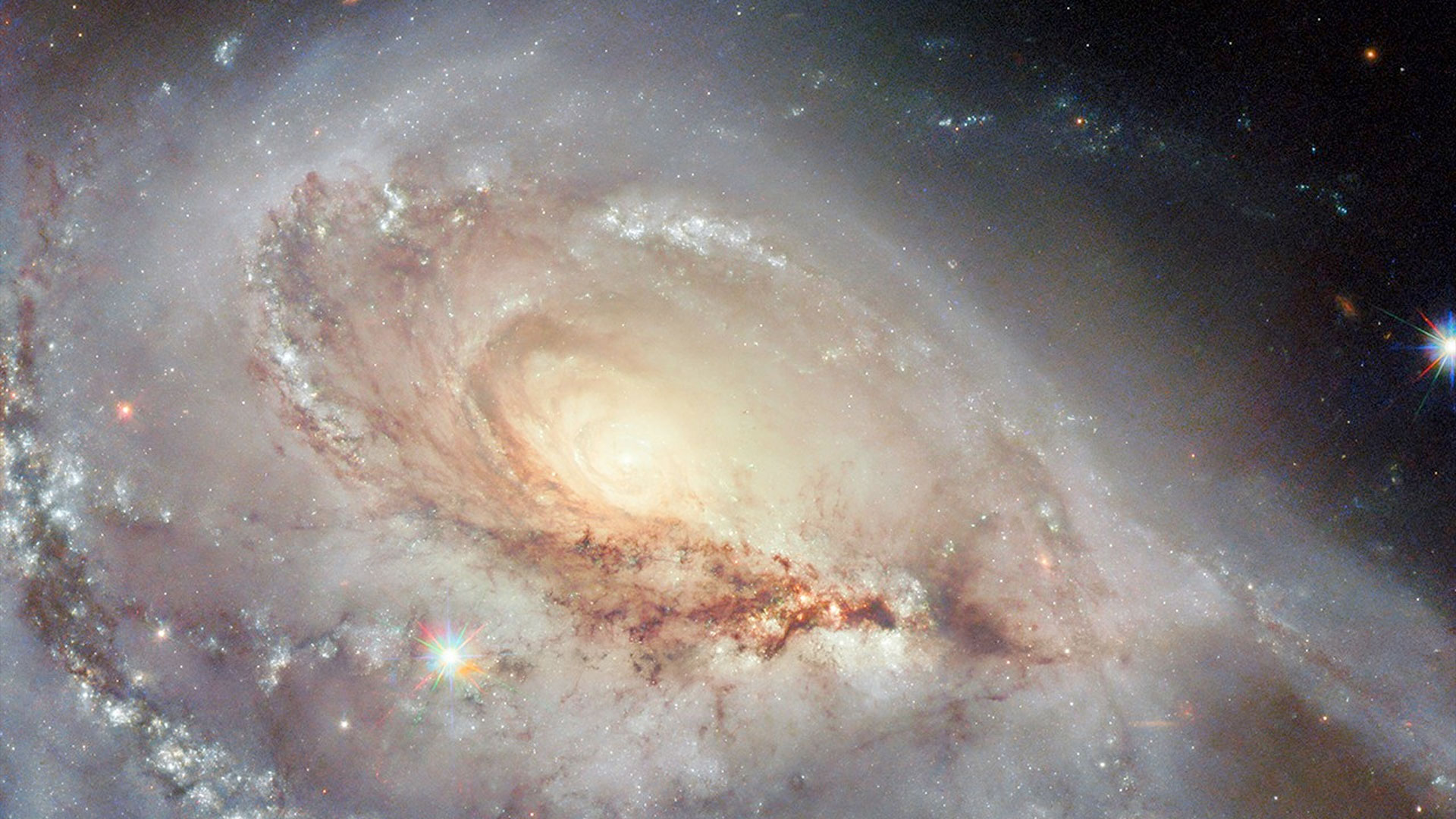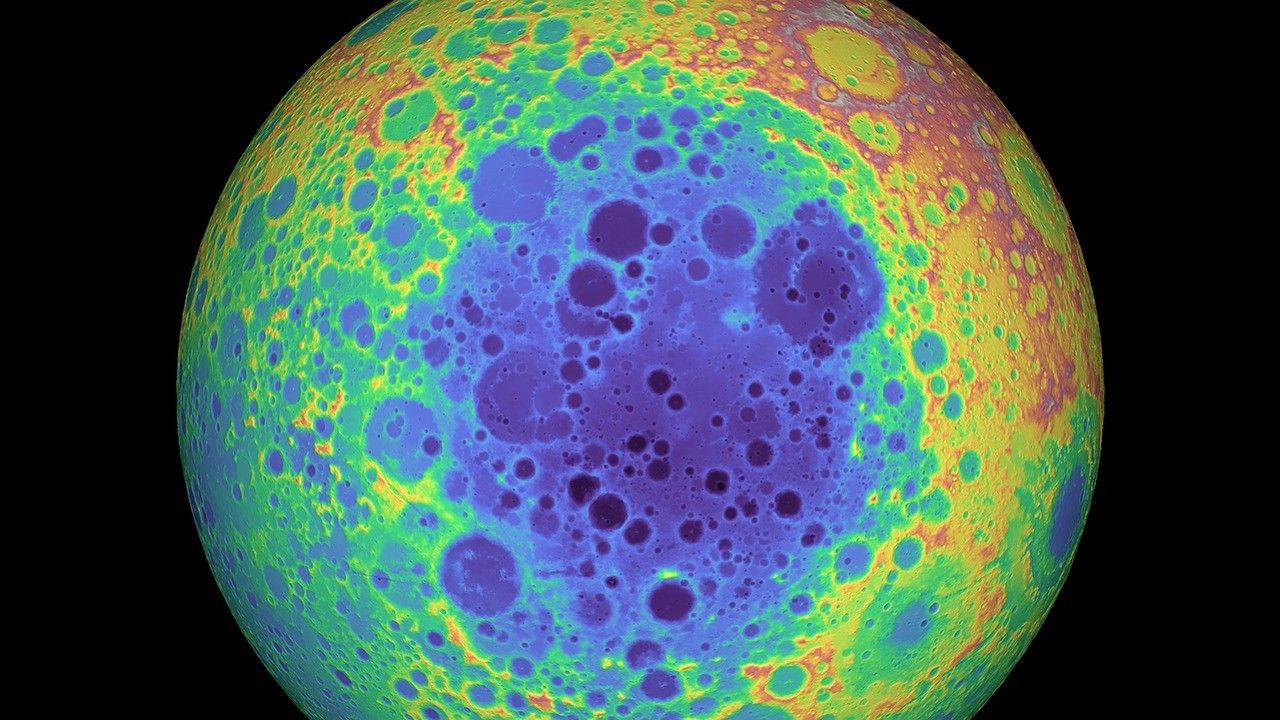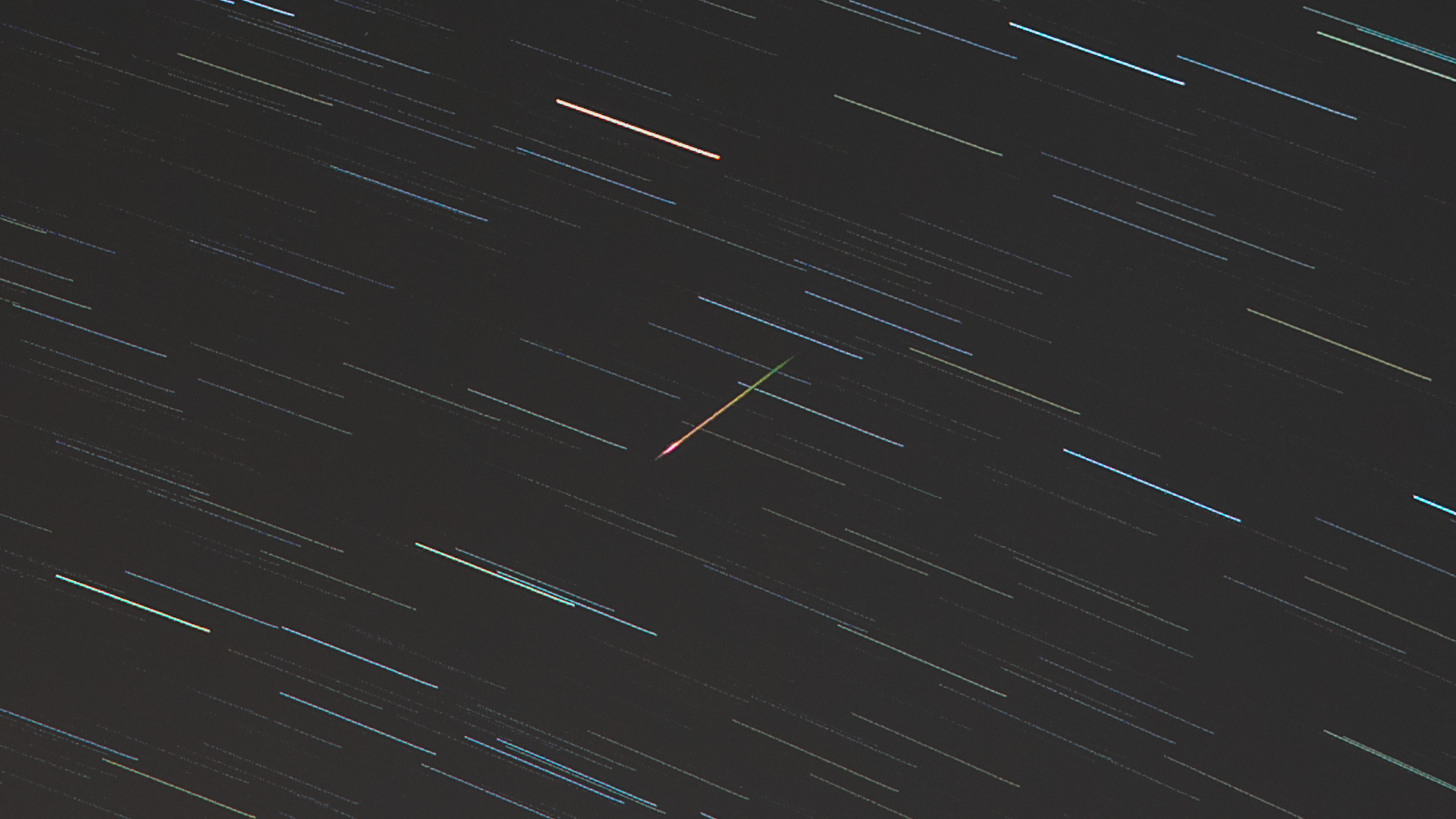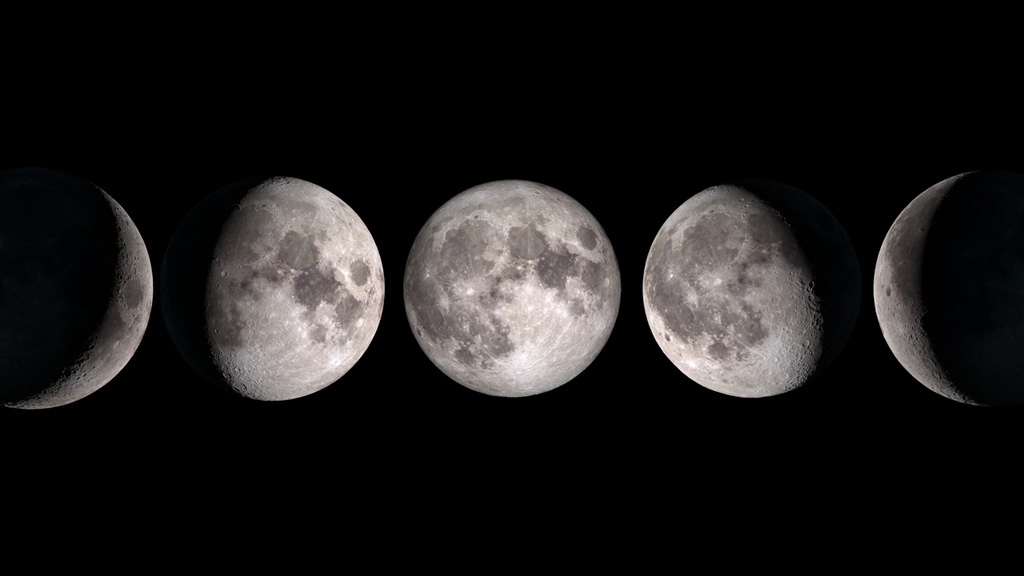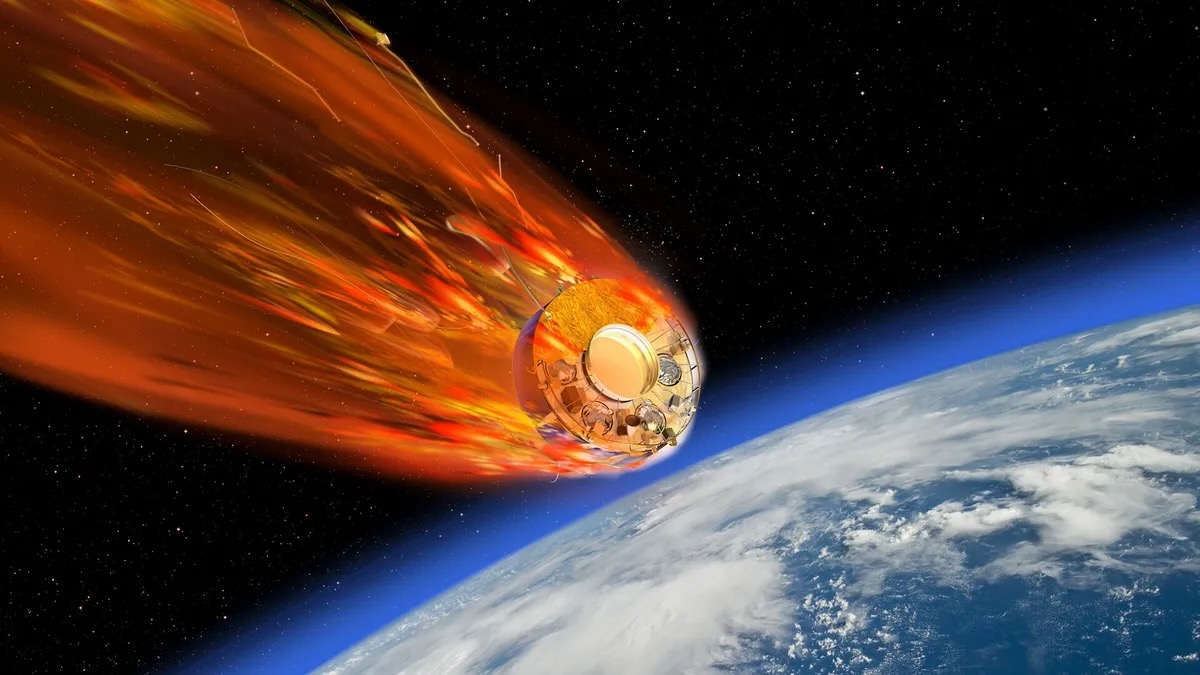You Can Watch a Rocket Launch and Spaceship Arrival Early Tuesday!
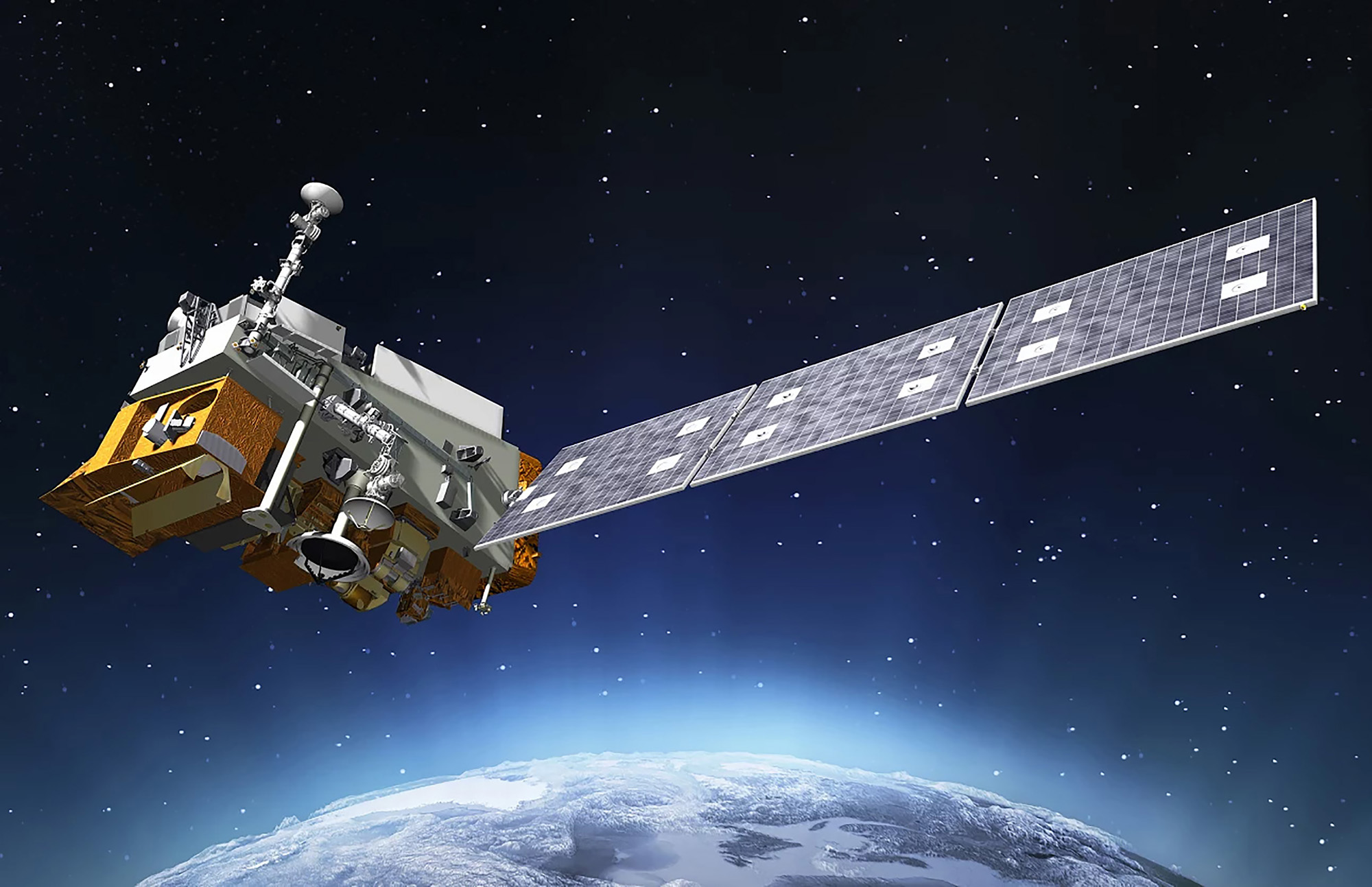
If you're a space fan and early-riser, then NASA has the Tuesday for you. In a cosmic twofer, an advanced new weather satellite is launching into space tomorrow (Nov. 14) as a robotic cargo ship arrives at the International Space Station and you can watch it all live online.
The space action begins at 3:15 a.m. EST (0815 GMT), when NASA's webcast begins to chronicle the arrival of Orbital ATK-built Cygnus cargo ship S.S. Gene Cernan at the ISS to deliver more than 3 tons of supplies. The Cygnus launched toward the space station Sunday (Nov. 12) from NASA's Wallops Flight Facility on Wallops Island, Virginia. Astronauts on the space station will capture the Cygnus with a robotic arm at 4:50 a.m. EST (0940 GMT).
Just minutes before the Cygnus' station arrival, at 4:47 a.m. EST (0947 GMT), NASA and the National Oceanic and Atmospheric Administration (NOAA) will launch the first in a new family of advanced weather forecasting satellites — called the Joint Polar Satellite System 1 (JPSS-1) — from Vandenberg Air Force Base in California. JPSS-1 will map the entire Earth twice a day to help scientists create the more accurate weather forecasts. It will launch atop a Delta II rocket built by the United Launch Alliance.
You can watch the space launch and arrival live here, courtesy of NASA TV, which will air both events in separate webcasts the agency's livestream channels. But you'll have to plan your pre-dawn viewing carefully.
NASA's webcast of the Cygnus arrival will begin at 3 a.m. EST (0800 GMT) on the NASA TV Public Channel and pause after the spacecraft is successfully grappled with the space station's robotic arm. It will resume at 6 a.m. EST (1100 GMT) to show views of Cygnus being attached to the station.
Meanwhile, the JPSS-1 satellite launch webcast will begin at 4:15 a.m. EST (0915 GMT) and be carried live on the NASA TV Media Channel and run continuously through the satellite's launch. The United Launch Alliance will also post Delta II rocket updates on Twitter, Instagram and Facebook throughout the mission using the hashtags #DeltaII and #JPSS1.
Whew! That's a lot of space comings and goings to get through before sunrise!
Get the Space.com Newsletter
Breaking space news, the latest updates on rocket launches, skywatching events and more!
Email Tariq Malik at tmalik@space.com or follow him @tariqjmalik and Google+. Follow us @Spacedotcom, Facebook and Google+. Original article on Space.com.
Join our Space Forums to keep talking space on the latest missions, night sky and more! And if you have a news tip, correction or comment, let us know at: community@space.com.

Tariq is the Editor-in-Chief of Space.com and joined the team in 2001, first as an intern and staff writer, and later as an editor. He covers human spaceflight, exploration and space science, as well as skywatching and entertainment. He became Space.com's Managing Editor in 2009 and Editor-in-Chief in 2019. Before joining Space.com, Tariq was a staff reporter for The Los Angeles Times covering education and city beats in La Habra, Fullerton and Huntington Beach. In October 2022, Tariq received the Harry Kolcum Award for excellence in space reporting from the National Space Club Florida Committee. He is also an Eagle Scout (yes, he has the Space Exploration merit badge) and went to Space Camp four times as a kid and a fifth time as an adult. He has journalism degrees from the University of Southern California and New York University. You can find Tariq at Space.com and as the co-host to the This Week In Space podcast with space historian Rod Pyle on the TWiT network. To see his latest project, you can follow Tariq on Twitter @tariqjmalik.
